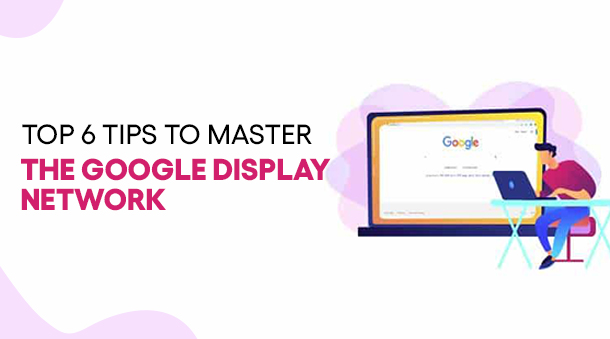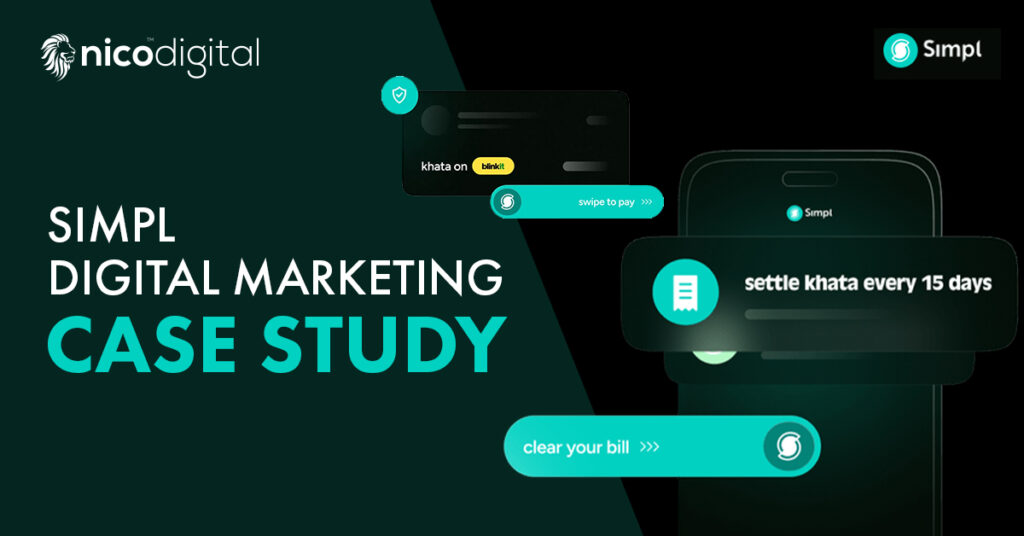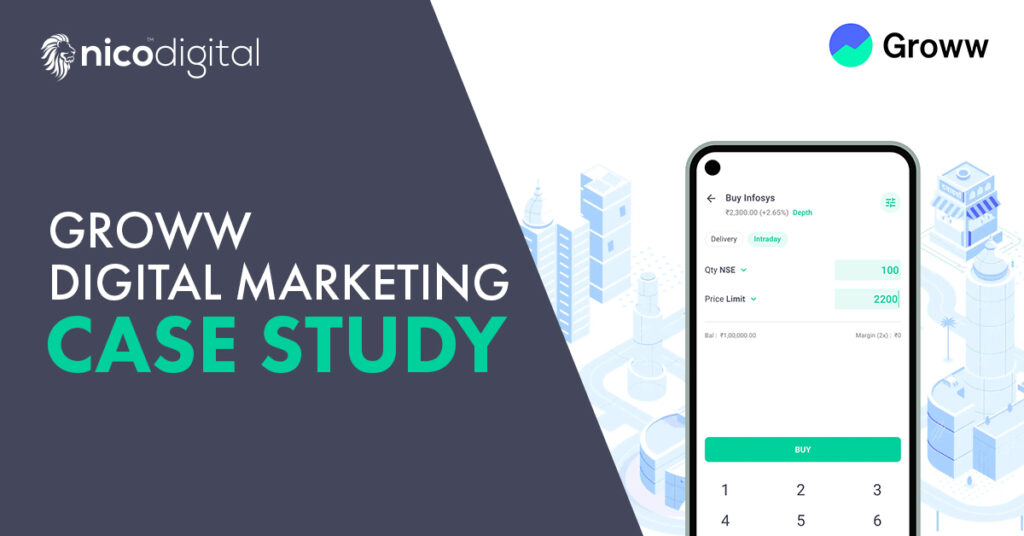
Google, where would we be without you, huh?
We rely on Google for everything. Need an answer? Google it.
Want to whip up a quick dinner but can’t decide on a recipe? Google it. Wondering about how to win an argument with a cat?… or maybe that’s just me?
Our lives, culture, and language are deeply influenced by the internet, especially Google. But as a business, how can you harness the power of this iconic search engine giant to your advantage?
In the vast realm of online advertising, capturing your audience’s attention can feel like a needle in a haystack.
As a marketer, you always seek a way to stand out from the crowd, engage with your audience, drive conversions, and maximize brand visibility.
With billions of websites, apps, and videos competing for users’ attention, no wonder standing out from the digital noise can feel like an uphill battle.
Traditional advertising methods may fall short, resulting in low click-through rates, ad fatigue, and lackluster campaign performance.
The ever-increasing competition and rapidly changing consumer behavior demand innovative strategies that can cut through the noise and make a lasting impact.
Enter- Google Display Network.
Google offers endless options to marketers to promote their brand’s products and services, then why millions of dollars are poured into GDN every day?
TBH because it works!
In a digital landscape where industry competitors saturate search engines, finding an alternative route to capture your audience’s attention is crucial.
In this blog, we’ll delve into why you should use Google Display Network, how GDN differs from search ads, and six useful tips to master GDN.
But first, let’s see what exactly it is.
Table of contents
1. The magic of Google Display Network
2. Display or search network- the epic battle
3. Conquering the digital universe: Illuminating success stories
4. Building Your Empire: Tips to Master the Google Display Network
The magic of Google Display Network
The Google Display Network (GDN) is a collection of more than 200 million sites, apps, and videos, where your Google Ads can be displayed.

This network is more effective than the countless other options that Google offers to marketers to promote their businesses as it is known to reach 90% of global internet users. GDN, by comparison, is also an affordable alternative to other ad networks.
Why use the Google Display Network?
Reach and Affordability! Prospecting, brand awareness, and remarketing through traditional search ads can be pricey.
In contrast, GDN offers cost-effective solutions by avoiding competition from other networks. Google’s search ads cast a wide net, which can be hit-or-miss.
Instead, you’ll get targeted reach using GDN without breaking the bank, to maximize your ad campaigns and connect with the right audience effectively. This is where the best digital marketing agency helps brands unlock GDN’s true potential.
Display or search network- the epic battle
Google Ads are split into two networks, namely Search and Display.
While advertising on the former, businesses place text ads in search engine results while on the latter, businesses place display ads i.e. visual banner ads across the Internet.
The choice of network depends entirely on your brand’s marketing goal- if it is to build brand awareness in a cost-effective way then your best bet is to invest in the Google Display Network.

Here, there’s less competition for inflated keyword bids so you are more likely to reach users seeking your products or services.
GDN also enables you to define your audience in a way search engines cannot, by providing options for customizing your audience targeting.
Through GDN, you can target websites by audience affinities, in-market segments, custom intent keywords, and even handpick website placements that fit your target audience. No wonder many brands partner with the best digital marketing agency to navigate these targeting options effectively.
Conquering the digital universe: Illuminating success stories
The Google Ad Display Network boasts an average click-through rate of 0.46%, the CTRs may be lower than search ads but the rewards are immense.
Explore these practical examples that will equip you with great ideas and strategies for your display ads. These will help you experience the benefits without having to start from scratch.
-
Semrush
Creating an attention-grabbing ad doesn’t always require an expensive photoshoot or professional models. When used creatively, icons or stock photos can make your ad stand out.


In another ad, SEMrush uses a link chain graphic to depict climbing the SERPs. The animations deliver readable copy and captivate attention. It’s about thinking outside the box and leveraging visuals to create impactful ads.
-
Workplace
In a world where grabbing attention is vital, animation adds an extra layer of engagement and storytelling to your advertising strategy.
Workplace nailed it with animation in display ads. Through subtle transitions and concise text, it effectively emphasizes the crucial advantages it offers to managers and business owners.

It allows you to captivate your audience while effectively communicating the key benefits of your product or service.
So, remember, when it comes to display ads, it’s not just about catching the eye but also delivering valuable information in an engaging way.
-
Apple
Sometimes, less is more when it comes to grabbing attention with display ads.
Take a look at this Apple display ad example for the Apple TV gift card. With just a few words and a simple design, they manage to make a big impact.
Their display ads often showcase their latest products in a stylish and minimalist manner, highlighting the elegant aesthetics that Apple is renowned for.

Apple gets creative by using emojis to replace letters in the copy. It’s a unique approach that stands out and adds a touch of playfulness to the ads. Apple never fails to impress with its marketing prowess!
Building Your Empire: Tips to Master the Google Display Network
Google Display Ads continues to dominate the online marketing industry for a reason.
Imagine this: a customer is actively searching for something, actively seeking an answer. If they stumble upon your ad during their search, chances are they’ll click on it.
But here’s the catch—it has to be a good ad.
So, how do we make it good?
- Begin with Remarketing
- Put Managed Placements to use
- Don’t fall for Display Select
- Set aside a part of your budget for testing
- Visuals are a must in Display Ads
- Keep track of your Ads
-
Begin with marketing
You must be living under a rock if you have never been swarmed by a series of ads for a certain product, even days after making a search for the same.
Although these repeated ads can get annoying at times, more often than not, it serves as the final push towards the purchase, or so it does for me.
Well, that’s the magic of Remarketing!
On Google Display Network, you can target in two ways. One is prospecting, reaching out to potential customers who may have no prior knowledge of your brand, website, products, or services.
Second, remarketing, engaging with users who have already interacted with your website in some way. It allows you to reconnect with these users and nurture them toward conversion.

By displaying tailored ads to these individuals as they browse other websites or platforms, your aim is to re-engage and remind them of your products or services, increasing the likelihood of conversions.
Paid Search strategist “Mark Irvine” claims that the way to see returns from GDN is through remarketing.
By leveraging the power of Google Analytics, you can create custom audiences based on specific actions.
Common remarketing audiences include:
- General website visitors
- Form submitters
- Content downloaders
- Visitors to specific product pages
- Account or trial offer sign-ups
- Completed transaction or purchase
- Users who abandoned an action before the completion
Expert Caleb Hutchings believes that remarketing is the best way to optimize Google display ads as your CPAs are generally lower and you are always keeping the users engaged.
It usually yields better results as you are marketing to the people who have already expressed an interest in your brand.
Remarketing audiences are highly valuable and can drive more affordable leads and sales.
Whether you focus on remarketing or prospecting, understanding your marketing goals will guide your Google Ads Marketing strategy and ensure you make the most of this powerful advertising platform.
-
Put Managed Placements to use
When you use techniques like interest or topic targeting then you are submitting all decision-making powers to Google.
But managed placements are the single targeting method that gives the advertiser granular control over where their ads are being placed.
Handpick specific websites where your target audience is likely to be present, ensuring your ads are displayed in the most relevant online spaces.
Industry expert Mike Griffith suggests searching through Google Analytics for the top referral sites relevant to your offerings, identifying the best 10 domains, and advertising on them in the initial stages, before branching out to other sites.
This level of control enhances your campaign’s effectiveness, enabling you to reach the right audience with precision and maximize your impact.
It’s like choosing the perfect spot for your billboard in a crowded city—except now, you can target online spaces where your ideal customers are most likely to hang out.
-
Don’t fall for Display Select
Ah, Display Select, the tempting shortcut that promises easy wins. But hold on, don’t be lured into its deceptive charms.
In November 2013, Google released a solution for people confused over allocation of resources between search and display ads, by adding a feature called Display Select.
The standard suggestion to Google is to use the majority of an advertiser’s budget on search and the leftover on display and well, when Google makes such automated decisions, the results are barely desirable.
Instead, opt for manual bidding and placement targeting to have more control over your ad performance.
Remember, shortcuts might lead to detours, but taking the longer route will eventually lead you to success.
Experts also dissuade advertisers from using Display Select as it often blends search ads into the Display Network, sabotaging the performance of both.
It is always recommended to run search and display ads separately for greater bidding, budgeting, and targeting flexibility.
-
Set aside a part of your budget for testing
Like I said before, GDN is massive and it is obviously impossible for any advertiser to have his presence felt all over it.
Google also regularly updates the features and targeting methods of the Display Network so it is important to find your niche and use existing data from smaller campaigns to build a larger one.
Such results can only be achieved by a rigorous hit-and-trial method. It is for this reason that, In the ever-evolving world of digital advertising, testing is your secret weapon.

Allocate a portion of your budget specifically for testing different ad formats, images, headlines, and call-to-actions.
Setting 10-20% of your budget aside for testing is usually sufficient.
Testing allows you to uncover winning combinations and refine your strategy over time. Experimentation is the key to finding that winning combination that speaks to your audience.
So go ahead, and try out various variations! Just remember to keep an eye on your metrics to identify the star performers.
-
Visuals are a must in Display Ads
I know this tip may come off as too obvious and yawn-worthy and you must have heard this 1000 times!
But you would be surprised to know that 67.5% of the ads on GDN just have plain text.
This is even more shocking considering the fact that text ads having a much lower click-through rate than image ads are now common knowledge.
As important as it is to add text to your display ads, you cannot overlook the significance of imagery.
Captivating visuals are like magnets that draw the attention of your audience and make your ads stand out amidst the digital noise. But remember, visuals alone won’t do the trick.
Ensure that your images, graphics, and videos align with your brand and messaging. Engage your audience with eye-catching visuals that tell a story and leave them craving more.
-
Keep track of your Ads
Going on a road trip without a GPS or a map—utter chaos!
The same goes for your GDN campaigns. Keep a close eye on your ads, monitor their performance, and make data-driven decisions to optimize your strategy.
For success on Display Networks alike, it is essential to regularly evaluate your account, scrape through search query data, adjust keyword bids, set new negatives, tweak underperforming ads, and restructure the weak links of a campaign.
Continuous tracking and monitoring are also essential to keep up with the ever-changing algorithm of Google Ads Marketing so if you want to reap the full benefit of your ads, you cannot rest your laurels in any step of the process.
Ensuring your ads appear in the right placements is crucial.
You don’t want to sell life insurance to teenagers or promote college banners to senior citizens.
Maintaining control over where your ads are displayed is essential for relevance and maximizing your campaign’s effectiveness.
Parting Thoughts
Now that you have the knowledge of mastering it, hop onto the Google Display Network and broaden the horizons of your advertising campaigns.
By implementing these tips, you’ll be well-equipped to navigate the captivating world of the Google Display Network.
Remember, it’s not just about flashy visuals; it’s about understanding your audience, delivering targeted messages, and constantly refining your approach to stay ahead of the competition.
And if you want to reap the maximum benefits out of it, best seek the expert services of a digital marketing agency.
Ready to take your online advertising game to the next level? Contact Nico Digital today and let our team of experts guide you on your journey!























